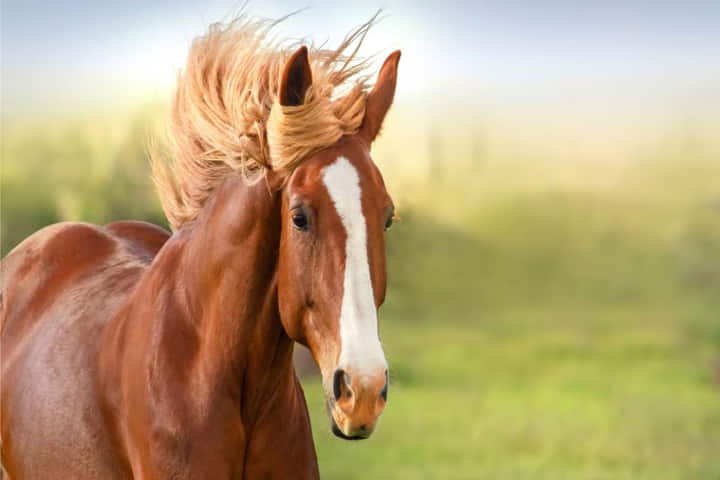It is fascinating to know how animals moved across land from one continent to another as they went about flourishing over the centuries. For instance, a latest international research team has come to a conclusion that the predecessors of modern domestic horses and the Przewalski horse had in the past travelled from Eurasian areas of Russian Urals, Siberia, Chukotka and eastern China to North American regions of Yukon, Alaska, continental US.
The movement took place during the late Pleistocene period, that is the period from 2.5 million years ago to 11.7 thousand years ago. The results of the analysis were published in the journal while the findings and description of horse genomes were published in Molecular Ecology.
Dmitry Gimranov, the Senior Researcher at the Ural Branch of the Russian Academy of Sciences and the Ural Federal University (Russia), in an article in heritagedaily.com said: “We found out that the Beringian Land Bridge, or the area known as Beringia, influenced genetic diversity within horses and beyond. Owing to the appearance of this land part, the flow of genes among mammoths, bison, and wolves could occur regularly. And if 1-0.8 million years ago horses from North America were not yet widespread in Eurasia, then in the periods of 950-450 and 200-50 thousand years ago, there was a bidirectional spread of genes over long distances.”
Also read: Study reveals Polar bears could have used rocks and ice chunks to kill and eat Walruses
What it means is that the horses migrated between continents not only in one direction but also in the reverse direction. In the first wave of migration, it was mainly from North America to Eurasia while in the second the movement was dominated from Eurasia to North America.
Researchers concluded that while a majority of the animals had used the Beringian Land Bridge only one time, the horses used it many times. This important aspect could affect the structure of the genes of the horses significantly and thus made these animals very interesting and insightful research objects for the paleogeneticists.
In order to study and find out the area where the horses had settled, molecular biologists studied DNA of horses from both the continents. In all 262 bone and teeth samples were taken and out of which 78 with sufficient DNA were selected.
Radiocarbon dating and genetic analysis was conducted by the researchers at laboratories located in the United States and Denmark. Besides this, research data from 112 samples was also looked at.
Also read: The Majestic Emperor Penguins could face extinction due to climate change
Elaborating and explaining about the data, Gimranov commented: “The data shows that horses returned to North America from Eurasia across Beringia at about the same time as bison, brown bears, and lions. That is, in the last ‘days’ of the late Pleistocene, when the territory was not covered by water and it was like a bridge for the movement of many groups of animals. With the beginning of climate warming (the beginning of the Holocene or 11.7 thousand years ago) and the last disappearance of Beringia at the end of the Pleistocene, the biogeographic significance of this ecological corridor radically changed the history of terrestrial animal species on both continents.”
With the passage of time, although the population of the North American horse came to an end in the early Holocene, horses became widespread on both continents. This was because of their domestication and today they are found much beyond their historical area range.


















